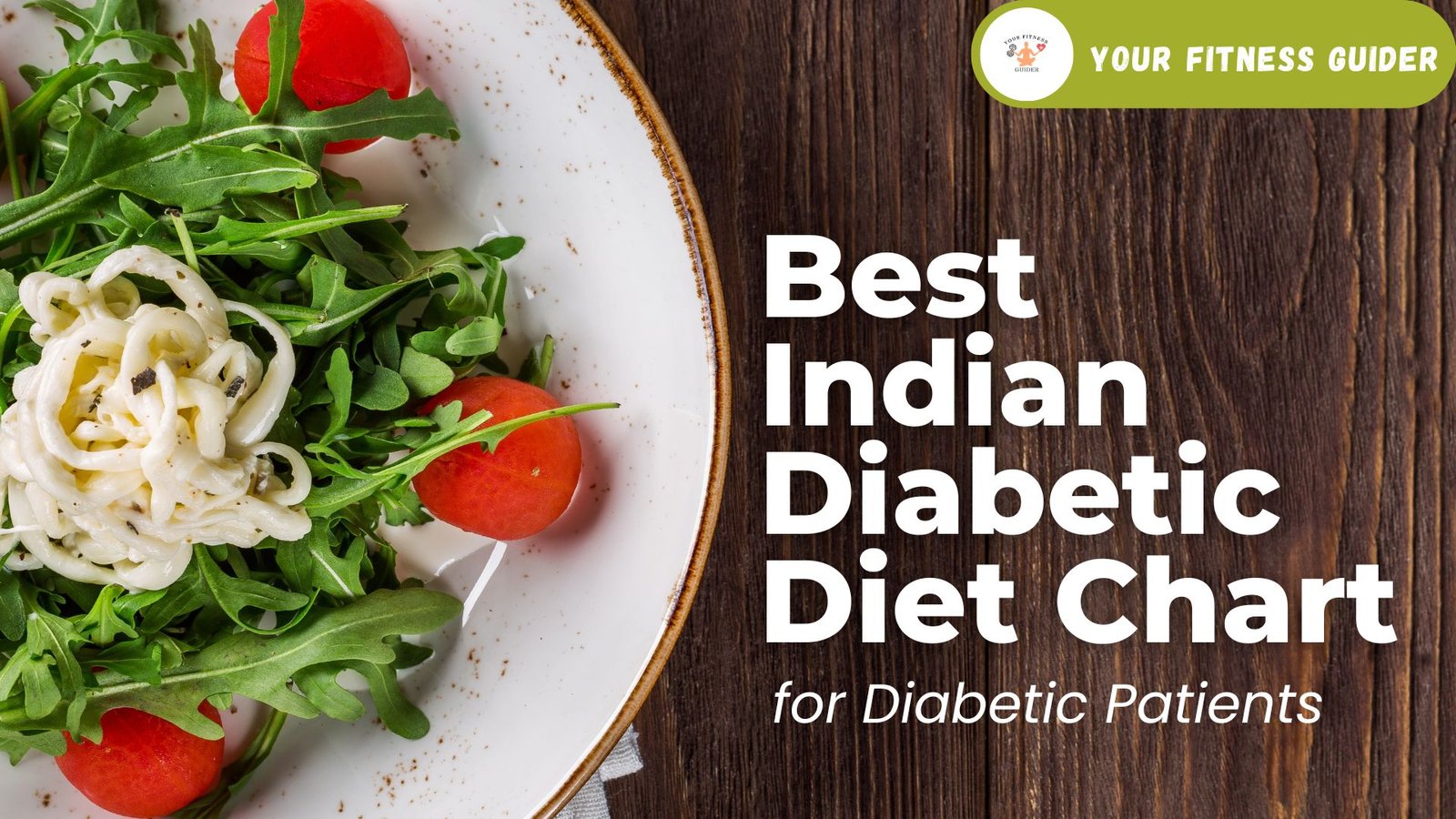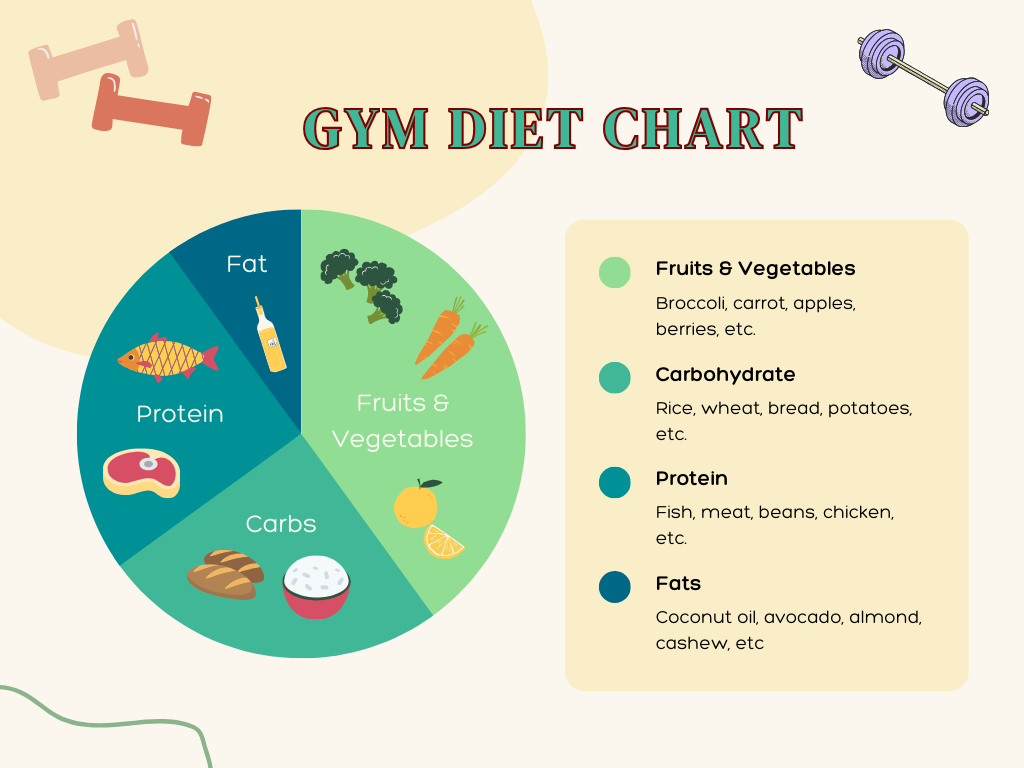
Embarking on a fitness journey is an empowering decision that promises a healthier and more active lifestyle. To complement your efforts in the gym, a well-structured diet is crucial. In this guide, we present a detailed and beginner-friendly gym diet chart to help you fuel your workouts, optimize recovery, and achieve your fitness goals. Say goodbye to confusion and welcome a clear path to success with our gym diet chart for beginners.
The Basics Of Gym Diet Chart
A gym diet chart, also known as a fitness or nutrition plan, is designed to support your fitness goals by providing the necessary nutrients for energy, muscle building, and overall well-being. Keep in mind that individual dietary needs vary, and it’s advisable to consult with a nutritionist or healthcare professional for personalized advice. However, here are some basics that you might consider incorporating into a gym diet chart:
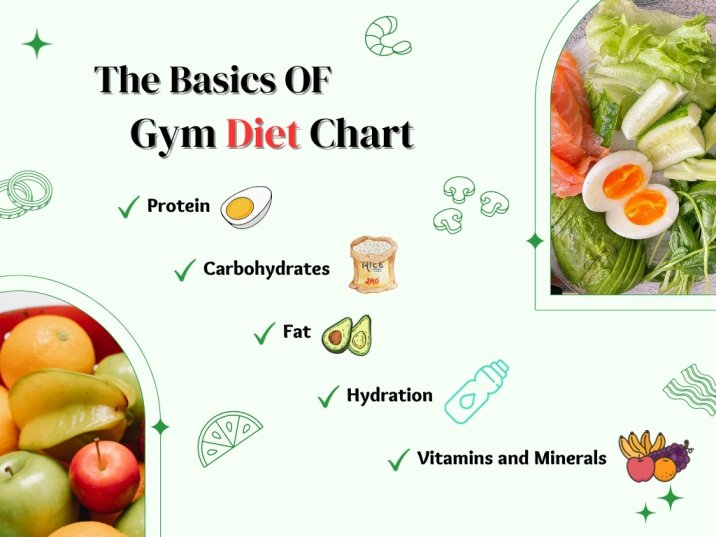
Protein:
- Essential for muscle repair and growth.
- Sources: Lean meats (chicken, turkey, lean beef), fish, eggs, dairy products (yogurt, milk, cheese), legumes, and plant-based sources like tofu and tempeh.
Carbohydrates:
- Provide energy for workouts and recovery.
- Sources: Whole grains (brown rice, quinoa, oats), fruits, vegetables, and legumes.
Fats:
- It is important for hormone production and overall health.
- Sources: Healthy fats from avocados, seeds, eggs, olive oil, dark chocolate, nuts, and fatty fish (salmon, mackerel).
Hydration:
- Crucial for performance and recovery.
- Drink plenty of water throughout the day. Adjust what you eat based on your exercise level and the weather.
Meal Timing:
- Eat smaller, balanced meals every 3-4 hours to maintain energy levels.
- Consider a pre-workout and post-workout meal to support performance and recovery.
Vitamins and Minerals:
- Ensure a variety of colorful fruits and vegetables to get a wide range of vitamins and minerals.
- Consider supplementation if needed, but aim to get nutrients from whole foods whenever possible.
Avoid Processed Foods:
- Minimize intake of processed and sugary foods.
- Choose whole, nutrient-dense foods for better overall health.
Caloric Balance:
- Adjust calorie intake based on your fitness goals (weight loss, maintenance, or muscle gain).
- Be mindful of portion sizes and total calorie consumption.
Listen to Your Body:
- Pay attention to hunger and fullness cues.
- Adjust your diet based on your body’s response to different foods and meal timings.
Consistency:
- Consistency is key. Stick to your diet plan over time to see results.
- Allow for flexibility to prevent feelings of deprivation and promote long-term adherence.
Crafting Gym Diet Chart for Beginners
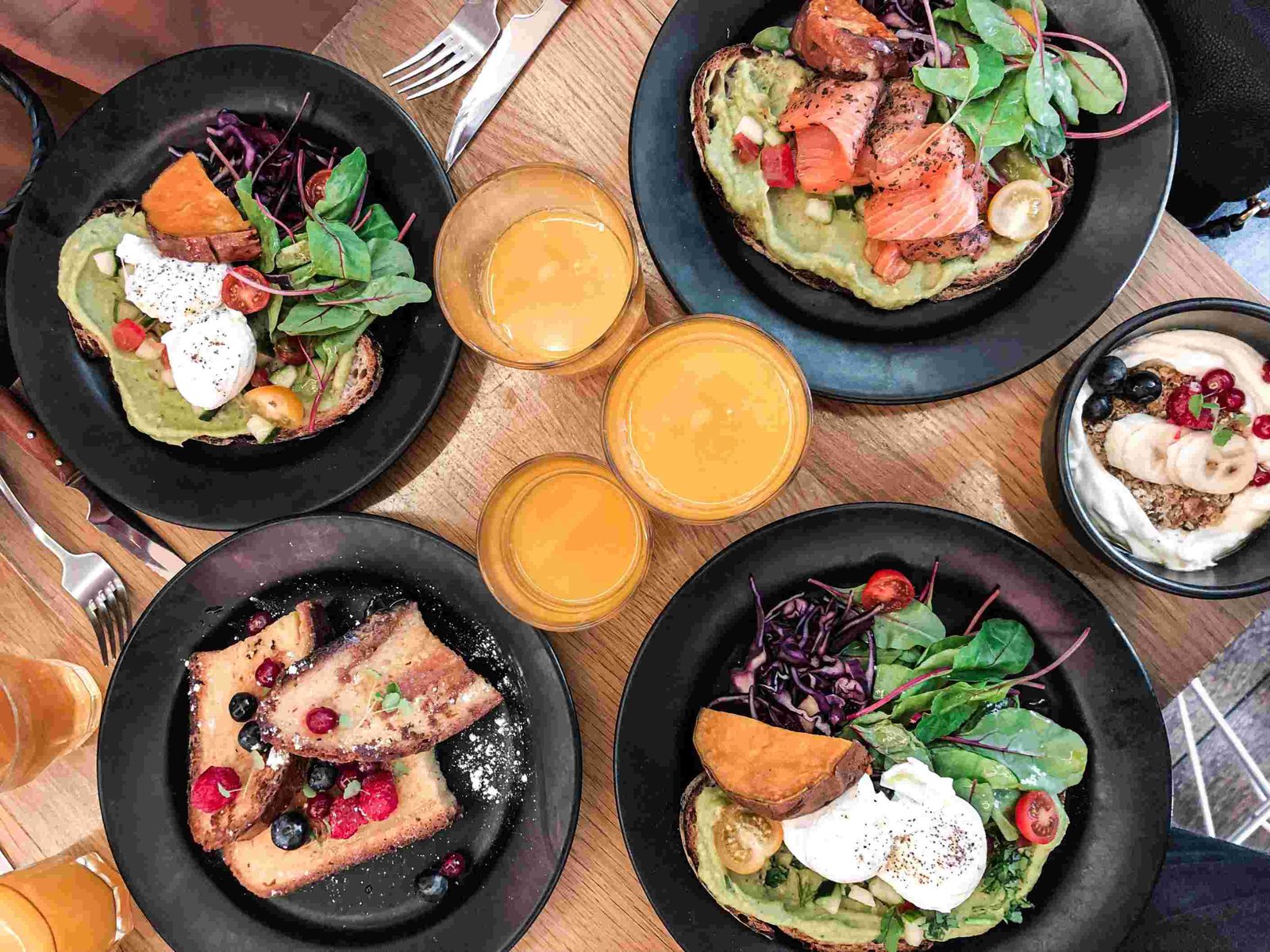
A beginner’s gym diet should focus on providing the necessary nutrients to support your workouts and overall health. Here’s a basic gym diet chart for beginners:
Meal 1: Breakfast
- Whole eggs or egg whites (scrambled, boiled, or omelet)
- Whole grain toast or oatmeal
- Greek yogurt or low-fat yogurt
- Fruits (such as berries, bananas, or apples)
- Hydration: Water or green tea
Meal 2: Mid-Morning Snack
- Protein shake or smoothie (with whey protein, milk, and fruits)
- Handful of nuts (almonds, walnuts)
Meal 3: Lunch
- Grilled chicken or tofu
- Brown rice or quinoa
- Mixed vegetables (broccoli, spinach, bell peppers)
- Salad with olive oil dressing
- Hydration: Water or herbal tea
Meal 4: Afternoon Snack
- Low-fat cottage cheese or Greek yogurt
- Whole grain crackers or rice cakes
- Sliced cucumbers or carrots
Meal 5: Pre-Workout Snack
- Banana or apple
- Whole grain toast with peanut butter
- Hydration: Water
Meal 6: Dinner
- Baked or grilled fish (salmon, tilapia) or lean meat (chicken or turkey)
- Sweet potato or quinoa
- Steamed or roasted vegetables (asparagus, Brussels sprouts)
- Salad with olive oil dressing
- Hydration: Water or herbal tea
Meal 7: Post-Workout Snack
- Protein-rich food (chicken, fish, tofu)
- Brown rice or sweet potato
- Vegetables or salad
- Hydration: Water
Foods to Avoid in Your Gym Diet Chart
When creating a gym diet chart, it’s important to pay attention to the types of foods you consume to support your fitness goals. Here are some foods you might want to consider avoiding or minimizing in your gym diet:
Sugary drinks: Sugary drinks like sodas, sports drinks, and energy drinks are packed with empty calories and can lead to weight gain, insulin spikes, and crashes. Instead, drink water, unsweetened tea, or black coffee.
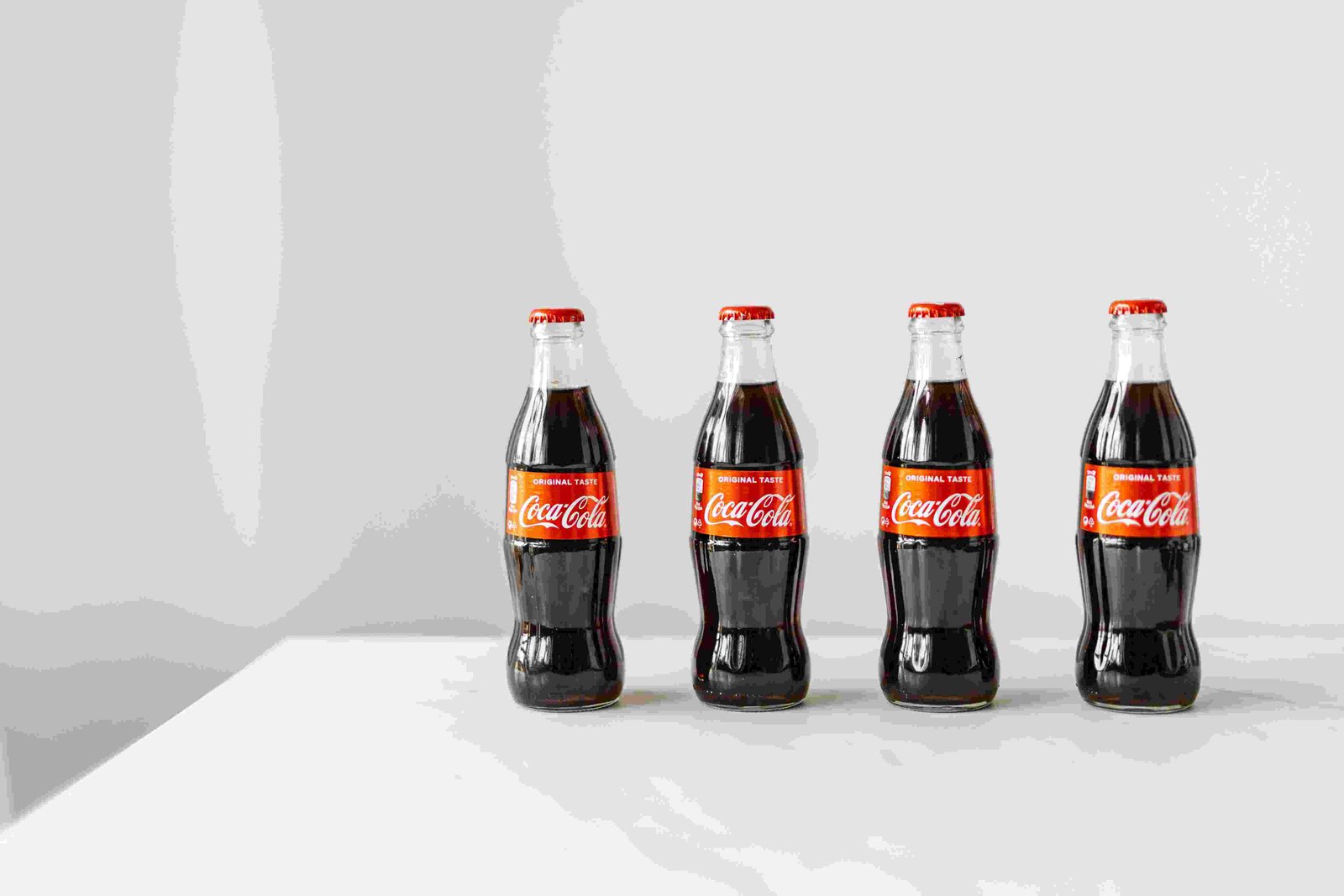
Processed foods: Processed foods are often high in unhealthy fats, sodium, and sugar, and low in nutrients. Examples include chips, cookies, candy, frozen dinners, and processed meats. These foods can sabotage your gym efforts and leave you feeling sluggish.

Fried foods: Fried foods are high in unhealthy fats and calories, and can contribute to inflammation and digestive problems. Instead, choose for baked, grilled, or steamed food.
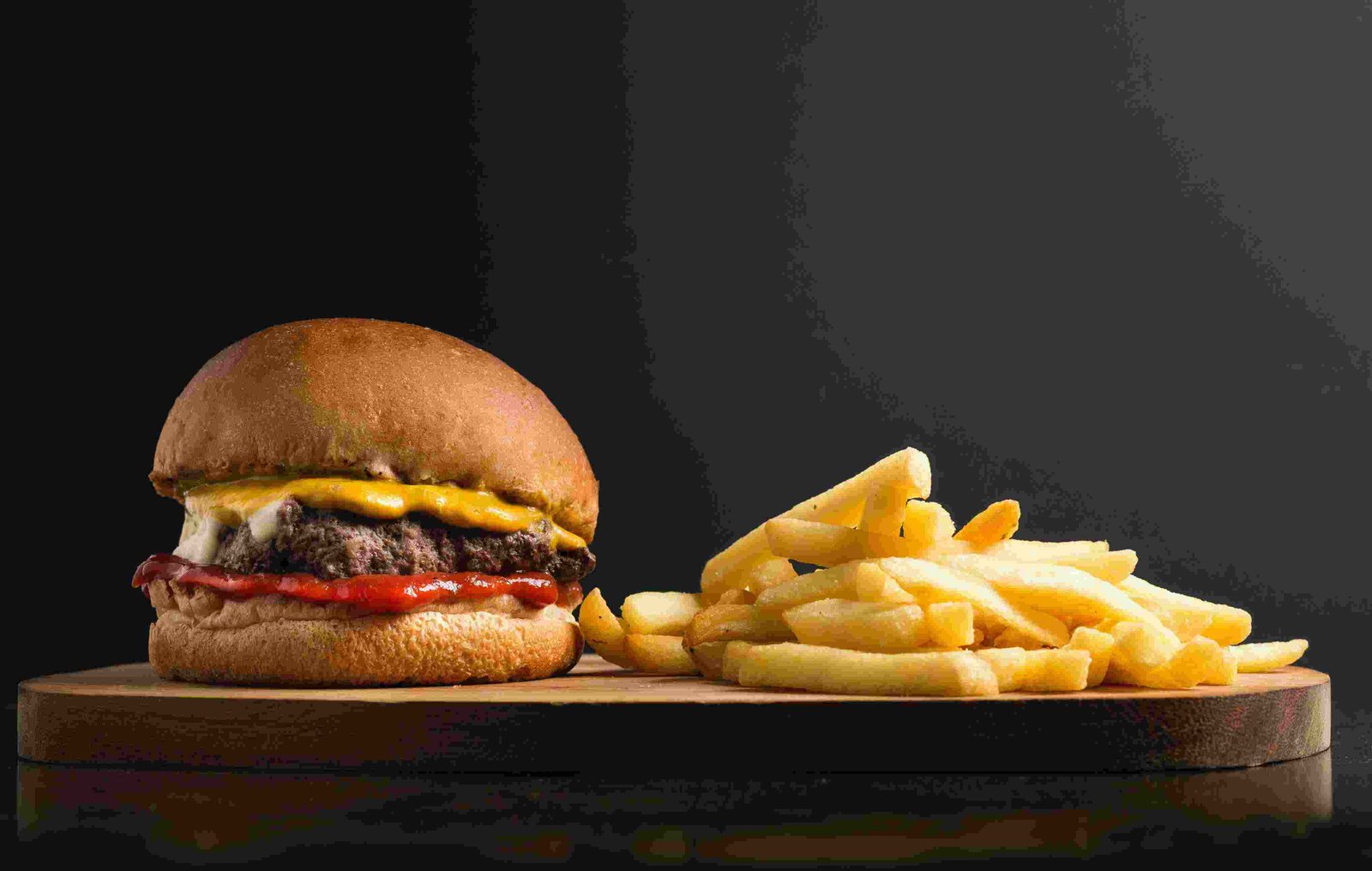
Refined carbohydrates: Refined carbohydrates, such as white bread, pasta, and rice, are quickly digested and can cause blood sugar spikes and crashes. Opt for whole grains instead, which are digested more slowly and provide sustained energy.
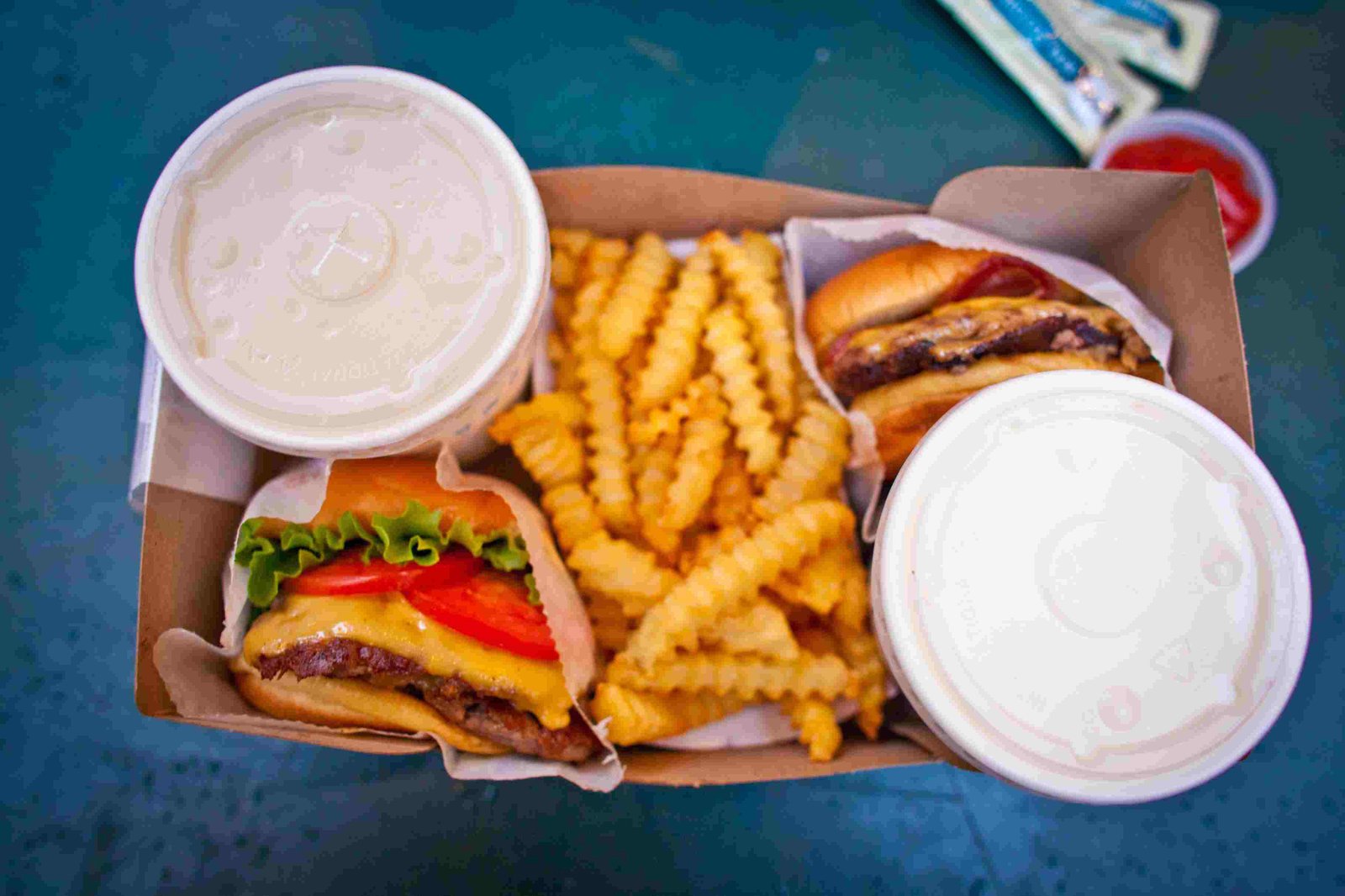
Spicy foods: Spicy foods can irritate the stomach and intestines, especially before or after a workout. If you’re sensitive to spicy foods, it’s best to avoid them or limit your intake.

Alcohol: Alcohol is a diuretic, which means it dehydrates the body. It can also interfere with muscle recovery and performance. It’s best to avoid alcohol altogether or limit your intake to occasional moderate consumption.

By avoiding these foods, you can create a gym diet chart that supports your fitness goals and helps you reach your full potential. A healthy diet is only one component of the equation. Be sure to also get regular exercise and adequate sleep for optimal results.
Tips for Creating Your Gym Diet Chart:
- Meal prep: Prepare your meals and snacks in advance to avoid unhealthy temptations.
- Cook at home: This gives you control over ingredients and portion sizes.
- Limit processed foods: They’re normally high in unhealthy fats, sugar, and sodium.
- Stay mindful: Pay attention to hunger and fullness cues to avoid overeating.
- Don’t deprive yourself: Allow yourself occasional delights in moderation.
Additional Tips for Beginners
- Start slowly: Don’t try to change your diet too drastically overnight. Make small changes gradually over time.
- Set realistic goals: Don’t expect to see results right away. Be patient and focus on making healthy choices one day at a time.
- Don’t deprive yourself: Allow yourself to enjoy your favorite foods in moderation.
- Find a support system: Having friends or family who are also on a fitness journey can help you stay motivated.
Conclusion
Achieving your fitness goals is not just about hitting the gym; it’s about nourishing your body with the right fuel. This gym diet chart for beginners serves as a roadmap to help you make informed dietary choices that align with your fitness aspirations. Remember, consistency is key, and with the right combination of nutrition and exercise, you’re well on your way to a healthier, fitter you. Start today, and let your journey to a better lifestyle begin with a well-planned gym diet.

